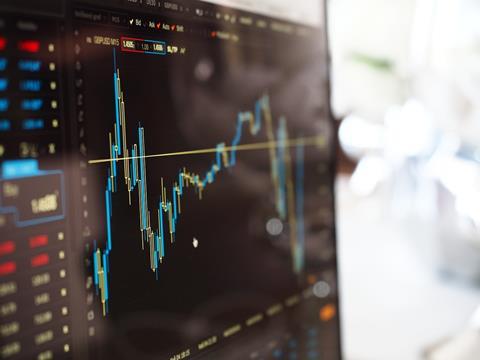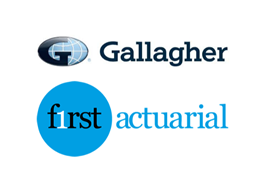With more of the US market’s fate tied up in a handful of enormous technology stocks, investment teams are having to reconsider their exposure, as Jon Yarker reports.
In recent years, the size of the so-called “Magnificent Seven” technology stocks has soared, absorbing an increasing amount of the US equity market. According to Hymans Robertson, the weight of the 10 largest market-cap stocks in the MSCI World sits at 23%, well above the historical norms of 10–15%.

The septet of tech giants – Alphabet, Amazon, Apple, Meta, Microsoft, Nvidia, and Tesla – have driven the returns of not only US stock markets but also global listed equity indices in recent years.
“This presents challenges both for passive investors, where they become increasingly exposed to this concentration of risk, but also for active managers given the impact on performance of any underweight positions to these stocks and sectors, and the conviction required to overweight these stocks,” says David Walker, chief investment officer at Hymans Robertson.
A primary concern is that these stocks are all in the same sector. For instance, if there were a slowdown in the artificial intelligence sector, all would be impacted. This is according to Hiroki Hashimoto, senior multi-asset fund manager at Royal London Asset Management, who also flags these companies’ outsized exposure to the dollar and US trade uncertainty.
“US equities have rebounded strongly since the ‘Liberation Day’ sell-off but have lagged behind UK and European equities by more than 10% year-to-date, when currency effects are included,” says Hashimoto. “Separating decisions on assets and currencies will be important to avoid unintentional currency exposures driven by preferences for specific companies.”
Getting US exposure right
The Magnificent Seven stocks are so big because they have continued to charm investors. Between 2023 and 2024, these seven names rose 156.1% as a collective, compared to 25.16% for the remaining 493 names in the S&P 500 index. These stocks can deliver strong returns to portfolios, but managers are keen to strike the right balance.
John Roe, head of multi-asset funds at Legal & General (L&G), suggests adjusting regional weights to improve diversification.
“For example, Europe’s economy is much closer in size to the US than its listed equity market would suggest,” says Roe. “That’s one potential justification for a higher weight. Equally, Japan is a particularly diversifying regional exposure.”
Currency hedging can also be a way of mitigating US equity exposure.
“In April, dollar weakness compounded losses on US equities. Currency hedging is a good way to narrow down the extent to which things can go wrong.”
Simeon Willis, XPS
“It is often argued that dollar risk tends to dampen falls in the equity market, leading some investors to prefer to leave positions unhedged,” says Simeon Willis, chief investment officer at XPS.

“This is a legitimate argument, but not guaranteed – in April, dollar weakness compounded losses on US equities. Currency hedging is a good way to narrow down the extent to which things can go wrong.”
Passive investment strategies have traditionally been preferred for the US market given the historic difficulty in outperforming through active management. However, with the high exposure to tech giants, AJ Bell’s head of investment analysis Laith Khalaf points to the merits of going active.
“It’s possible to dial down exposure to the Magnificent Seven, but this requires stepping outside a pure passive approach, which is something many pension schemes may be loath to do,” says Khalaf. “Likewise, it’s possible to allocate money to a global active manager, many of whom will be underweight big US technology.”
The need to diversify
Company-specific issues are a fact of life for investors, but as L&G’s Roe points out, Magnificent Seven exposure cannot be overlooked. Nvidia alone is currently worth more than the entire FTSE 100 index: $4.3trn (£3.2bn), compared to £2.1trn for the UK’s market.
“Many investors didn’t explicitly go into global indices to have such a high weight to a handful of single stocks in connected sectors. It’s important to consider whether or not they are comfortable with that position.”
John Roe, Legal & General
“Many investors didn’t explicitly go into large, diversified, global indices to have such a high weight to a handful of single stocks in connected sectors,” says Roe. “It’s important for [investors] and their advisers to consider whether or not they are comfortable with that position.”
The right allocation to US equities will vary by scheme and investor, but there are some common-sense approaches to pursue. XPS’s Willis gives the rule of thumb that an overall scheme shouldn’t have more than 1% in any single name, be it a bond or a stock.
“This is a very loose guide but focuses the mind on how much you are invested in the asset class, as well as how diversified the asset class itself is,” he says. “Take Nvidia, at less than 5% of global equities, if you hold under 25% in global equities, then Nvidia is going to be less than 1% of your portfolio.”






















